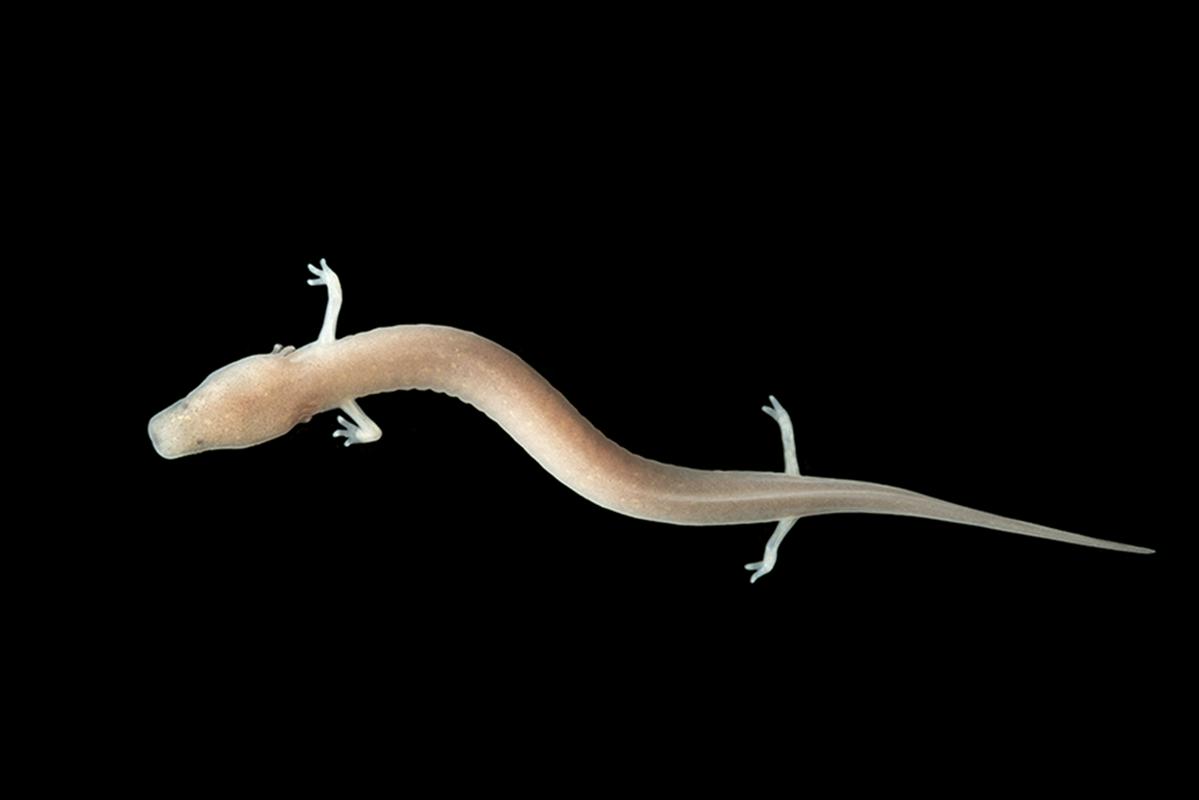
Well, now you do, and the Vivarium Proteus (located just 50m inside the entrance to the cave) is the place to go to find out more. Postojna Cave is the cradle of a special form of biology known as speleobiology, the study of cave dwelling life which first came to prominence in 1831, with dozens of species having been discovered and documented at Postojna.
The vivarium itself is made up of two sections, one for research and the other an exhibition space which showcases a wide range of fascinating cave dwelling animals that can be found in the Postojna Cave and in some of the more than 11,300 other caves across Slovenia. Evolution has done its thing with the animals that inhabit the underground caverns and waterways developing strange features with many of them translucent, completely lacking in pigment or else are blind with eyes of course being useless in the pitch darkness. One such creature and the undisputed king of the underworld receives a lot of attention, it is the olm, more commonly called the Human Fish - the mysterious flesh toned (hence the name) amphibian that lives for up to 100 years in the subterranean waters of the Karst and may go years without a feed. We could ramble on with interesting facts about the human fish though the vivarium is much more informative and interesting than us, so go and learn about it there.

































































